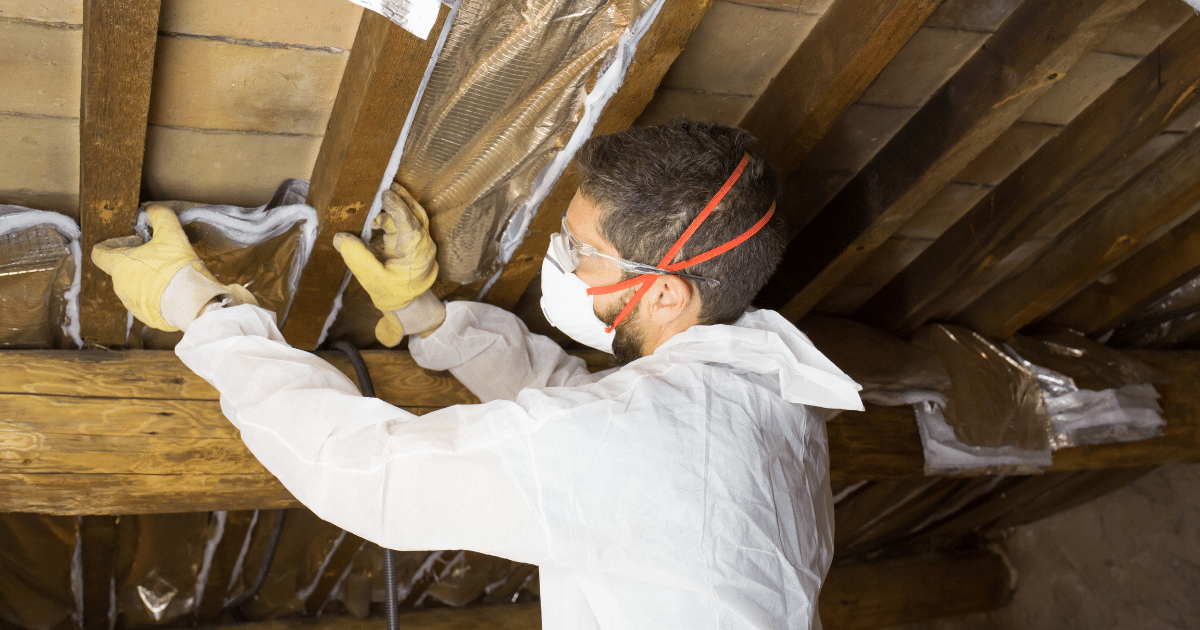
Insulating your home is one of the most effective ways to improve energy efficiency, reduce utility bills, and create a comfortable living environment. With various insulation materials and techniques available, it can be challenging to determine which option is best for your home. In this blog post, we'll explore the basics of home insulation, discuss its benefits, and provide examples of how proper insulation can save you money and energy in the long run.
1. Understanding the Importance of Home Insulation
Insulation works by slowing down the transfer of heat between your home's interior and the outside environment. In winter, it helps retain heat inside your home, keeping you warm and comfortable. In summer, it prevents excessive heat from entering your home, maintaining a cooler indoor temperature. By effectively managing heat transfer, insulation reduces the need for heating and cooling systems, ultimately saving you money and energy.
2. Types of Insulation Materials
There are several insulation materials available, each with unique properties and applications. Some common types include:
- Fibreglass: Lightweight and affordable. This material is commonly used in batts or rolls and is suitable for walls, attics, and crawl spaces.
- Mineral wool: Made from rock or slag fibres, mineral wool is available in batts or loose-fill and provides excellent soundproofing and fire resistance.
- Cellulose: An eco-friendly option made from recycled paper, cellulose is typically blown-in or installed as loose-fill in attics, walls, and difficult-to-reach areas.
- Spray foam: A versatile option that expands upon application, spray foam provides a high R-value and is ideal for sealing gaps and cracks in walls, roofs, and around windows and doors.
3. R-Value: Measuring Insulation Effectiveness
The effectiveness of insulation is measured in R-value, which indicates the material's resistance to heat flow. The higher the R-value, the better the insulation performance.
When selecting insulation for your home, it's essential to consider the recommended R-values for your climate and specific application. For example, homes in colder regions typically require higher R-values to maintain comfortable indoor temperatures and reduce energy consumption.
4. Insulating Key Areas of Your Home
Proper insulation should be installed throughout your home to maximise energy efficiency and comfort.
Key areas to focus on include:
- Attics: Heat rises, making attics a primary source of heat loss in winter and heat gain in summer. Insulating your attic can significantly reduce energy consumption and maintain consistent indoor temperatures.
- Exterior walls: Insulating exterior walls helps prevent heat transfer between your home's interior and the outside environment, contributing to overall energy efficiency.
- Basements and crawl spaces: These areas are often overlooked but can be significant sources of heat loss and moisture infiltration. Proper insulation can help maintain comfortable temperatures and protect against moisture-related issues.
- Floors above unheated spaces: Insulating floors above garages, porches, or other unheated spaces can help prevent drafts and cold spots, improving overall comfort.
5. Benefits of Proper Home Insulation
Investing in quality insulation offers numerous benefits, including:
- Reduced energy consumption: By minimising heat transfer, insulation reduces the need for heating and cooling systems, leading to lower energy usage.
- Lower utility bills: With improved energy efficiency, you'll notice a decrease in your monthly utility bills, saving you money in the long run.
- Enhanced comfort: A well-insulated home maintains consistent temperatures, eliminating hot or cold spots and creating a more comfortable living environment.
- Noise reduction: Insulation can also act as a sound barrier, reducing noise transfer between rooms and from the outside.
- Environmental benefits: By using less energy, you're reducing your home's carbon footprint and contributing to a more sustainable future.
6. Professional Installation vs. DIY
While some insulation projects can be completed as a DIY project, such as installing fibreglass batts or rolls in accessible areas, other projects may require professional assistance.
Blown-in cellulose, spray foam, and insulating difficult-to-reach areas often necessitate specialised equipment and expertise.
Weigh the pros and cons of each approach and consider your skill level, budget, and timeframe before deciding on the best course of action.
7. Regular Insulation Maintenance and Upgrades
To maintain optimal performance, it's essential to regularly inspect and maintain your insulation with iFOAM.
Check for signs of damage, moisture, or pest infestation, and address any issues promptly. Think about upgrading your insulation if it doesn't meet current energy efficiency standards or if you live in an older home with outdated materials.
Conclusion
Home insulation is a crucial aspect of maintaining a comfortable, energy-efficient living environment.
By understanding the importance of insulation, selecting the appropriate materials and R-values, and focusing on key areas of your home, you can enjoy the numerous benefits that proper insulation provides.
Whether you choose a DIY approach or opt for professional installation, remember that regular maintenance and upgrades are essential to ensure lasting performance and savings.
Invest in quality insulation today to save money, conserve energy, and create a more comfortable home for years to come.













